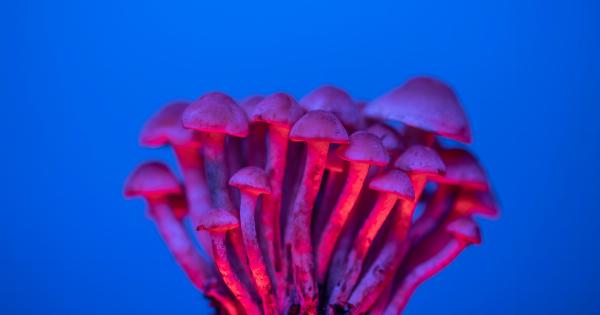Aging is a natural and inevitable process that affects all living organisms. It is characterized by a gradual decline in physiological function and an increased susceptibility to various age-related diseases.
The quest to reverse the effects of aging and promote healthy aging has long been a subject of scientific interest.
The Role of Proteins in Aging
Proteins are fundamental components of all living cells and play essential roles in various biological processes. They are involved in maintaining the structure and function of cells, catalyzing biochemical reactions, and regulating gene expression.
As organisms age, changes occur in the proteome, which refers to the entire set of proteins expressed by an organism. These changes can lead to an imbalance in protein homeostasis, also known as proteostasis, and contribute to the aging process.
The Effects of Proteostasis Imbalance
Proteostasis imbalance, characterized by an accumulation of misfolded and aggregated proteins, has been implicated in numerous age-related diseases, including neurodegenerative disorders like Alzheimer’s and Parkinson’s disease.
Additionally, alterations in proteostasis can lead to cellular dysfunction, impaired tissue repair, and reduced longevity. Understanding the underlying mechanisms of proteostasis imbalance is crucial for identifying potential targets to reverse the effects of aging.
The Proteasome: A Key Player in Proteostasis
The proteasome is a large multi-protein complex responsible for degrading damaged or misfolded proteins.
It acts as the cellular “recycling center,” breaking down unwanted proteins and recycling their building blocks for new protein synthesis. Dysfunction of the proteasome has been implicated in several age-related diseases and the aging process itself. Therefore, targeting the proteasome presents a promising strategy to restore proteostasis and counteract the effects of aging.
Identification of a Protein Rejuvenating Factor
In recent years, scientists have made significant progress in identifying proteins that have the potential to reverse the effects of aging.
One such protein is known as a “rejuvenating factor” or “anti-aging protein.” This protein has been found to rejuvenate aged cells and improve their functionality, effectively reversing some of the hallmarks of aging.
Experimental Approaches
Researchers have utilized various experimental approaches to identify rejuvenating factors. One common strategy involves screening libraries of proteins to identify candidates that can enhance cellular functions associated with aging.
Another approach involves studying long-lived organisms such as certain species of worms and flies that exhibit extended lifespans. By analyzing the proteomes of these organisms, scientists can identify proteins that may contribute to their longevity.
Examples of Rejuvenating Proteins
Several proteins have been identified as potential rejuvenating factors. For instance, the protein Klotho has been shown to enhance longevity and improve cognitive function in mice.
It exerts its effects by regulating multiple signaling pathways associated with aging. Another protein, called SIRT1, has been extensively studied for its anti-aging properties. SIRT1 is involved in regulating cellular stress responses and promoting longevity in various organisms.
Therapeutic Potential
The discovery of these rejuvenating proteins opens up new possibilities for developing therapeutic interventions to counteract the effects of aging.
By harnessing the potential of these proteins, it may be possible to slow down the aging process, prevent age-related diseases, and improve overall health and lifespan. However, further research is still needed to fully understand the mechanisms underlying their effects and to develop safe and effective treatments.
Conclusion
Identification of proteins that can reverse the effects of aging is a significant step towards understanding and potentially mitigating the aging process.
The proteome, proteasome, and proteostasis imbalance have emerged as key players in aging, providing valuable targets for intervention. Through experimental approaches and the discovery of rejuvenating factors, scientists are gradually unraveling the complexities of aging, offering hope for healthier and longer lives in the future.






























